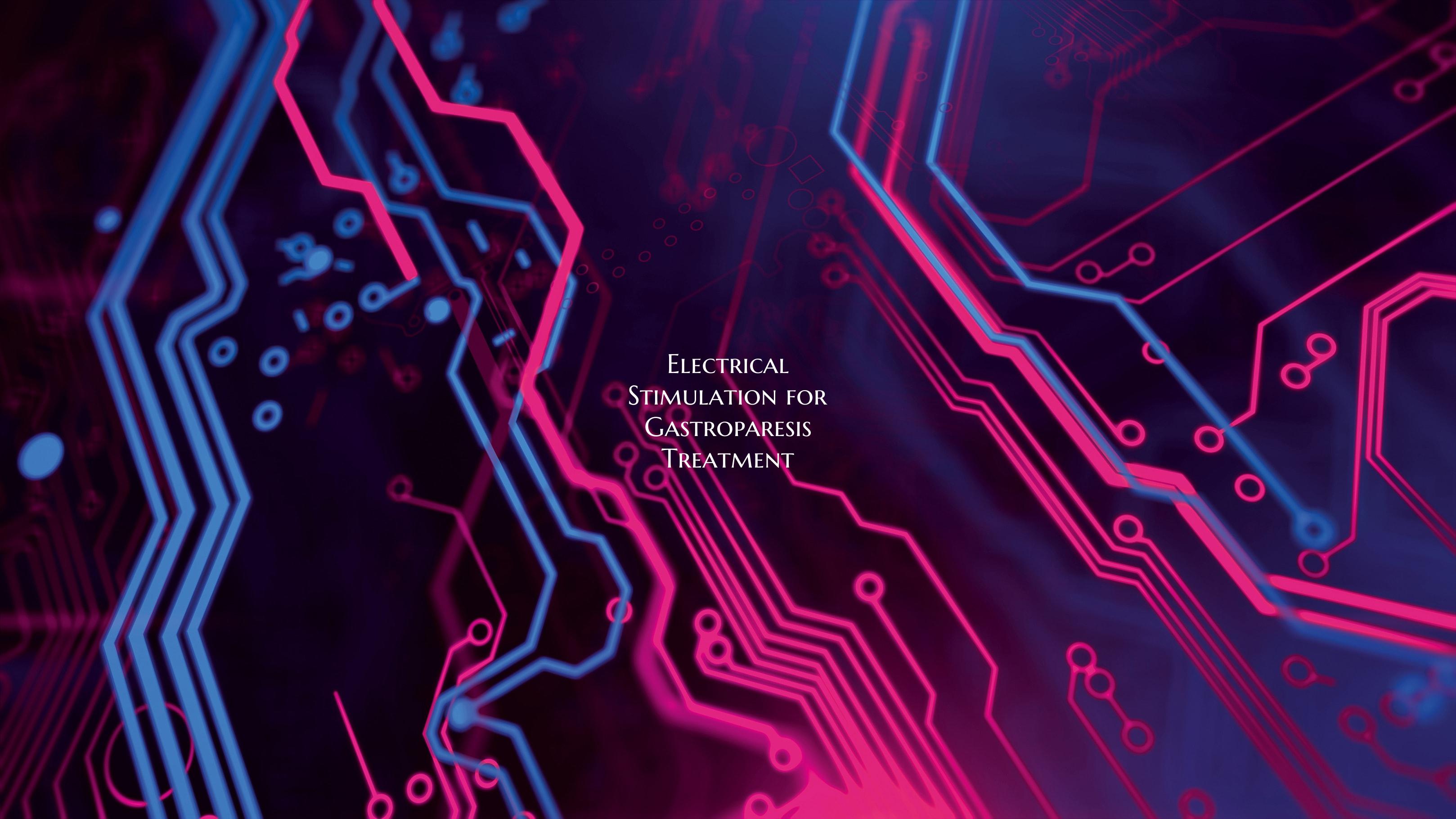Electrical Stimulation for Gastroparesis Treatment
Gastroparesis is a medical condition characterized by delayed emptying of the stomach, leading to symptoms such as nausea, vomiting, bloating, and weight loss. It can significantly impact the quality of life for those affected. Traditional treatment options for gastroparesis include dietary modifications, medications, and sometimes surgery. However, in recent years, electrical stimulation has emerged as a promising therapeutic approach for managing gastroparesis symptoms.
Electrical stimulation for gastroparesis treatment involves the use of a device that delivers controlled electrical pulses to the stomach muscles or nerves to help regulate stomach motility and improve the emptying of food. There are two main types of electrical stimulation techniques used in gastroparesis treatment: gastric electrical stimulation (GES) and transcutaneous electrical stimulation (TES).
GES, also known as gastric pacemaker therapy, involves the implantation of a device similar to a cardiac pacemaker, which is placed under the skin of the abdomen and connected to the stomach wall. This device delivers mild electrical pulses to the stomach to help coordinate its contractions and improve gastric emptying. GES has been shown to effectively reduce symptoms such as nausea and vomiting in some gastroparesis patients who do not respond well to other treatment options.
On the other hand, TES is a non-invasive approach that involves applying electrical stimulation to the abdominal skin surface using electrodes. This technique is still being researched for its effectiveness in gastroparesis treatment but has shown promising results in some studies by improving stomach motility and reducing symptoms.
One of the main advantages of electrical stimulation for gastroparesis treatment is its ability to provide symptomatic relief for patients who do not respond to conventional therapies. It can help improve gastric emptying, reduce nausea and vomiting, and enhance overall gastrointestinal function. Additionally, electrical stimulation is considered a relatively safe treatment option with minimal side effects compared to other interventions like medications or surgery.
However, it's essential to note that electrical stimulation may not be suitable for all gastroparesis patients, and individual responses to treatment can vary. It is crucial to consult with a healthcare provider specializing in gastrointestinal disorders to determine the most appropriate treatment approach based on the patient's unique medical history and symptoms.
In conclusion, electrical stimulation offers a promising alternative for managing gastroparesis symptoms and improving gastric motility in patients who have not responded well to traditional treatments. Continued research in this field will help further understand the effectiveness and long-term benefits of electrical stimulation in gastroparesis management, potentially providing a more comprehensive treatment approach for individuals living with this challenging condition.

